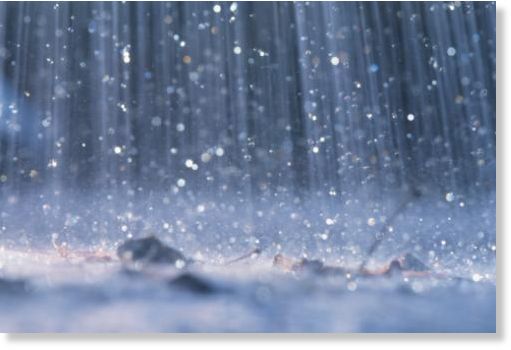OF THE
TIMES
I've had enough of someone else's propaganda. I'm for truth, no matter who tells it. I'm for justice, no matter who it's for or against. I'm a human being first and foremost, and as such I am for whoever and whatever benefits humanity as a whole.
Just look at the greeny co leader Lorna. Has Dyke written all over it. They're watermelon through and through too. Don't go in to coalition with...
Japan's Most Senior Oncologist, Prof. Fukushima Condemns mRNA Vaccines as 'Evil Practices of Science'"...This isn't science! It's more akin to...
Comment: Let it be noted that the Houthi's actions are not indiscriminate. They have clearly defined what is a target and what is not. Any ship...
Elephant Seal in BC today, is RC fascinated? RC knows why he's on the other side, prematurely. 😔 [Link]
They're starting to 'eat their own'.......running scared, looking to see who will be the scapegoat since some lawsuits are starting to emerge....
To submit an article for publication, see our Submission Guidelines
Reader comments do not necessarily reflect the views of the volunteers, editors, and directors of SOTT.net or the Quantum Future Group.
Some icons on this site were created by: Afterglow, Aha-Soft, AntialiasFactory, artdesigner.lv, Artura, DailyOverview, Everaldo, GraphicsFuel, IconFactory, Iconka, IconShock, Icons-Land, i-love-icons, KDE-look.org, Klukeart, mugenb16, Map Icons Collection, PetshopBoxStudio, VisualPharm, wbeiruti, WebIconset
Powered by PikaJS 🐁 and In·Site
Original content © 2002-2024 by Sott.net/Signs of the Times. See: FAIR USE NOTICE

Reader Comments
to our Newsletter